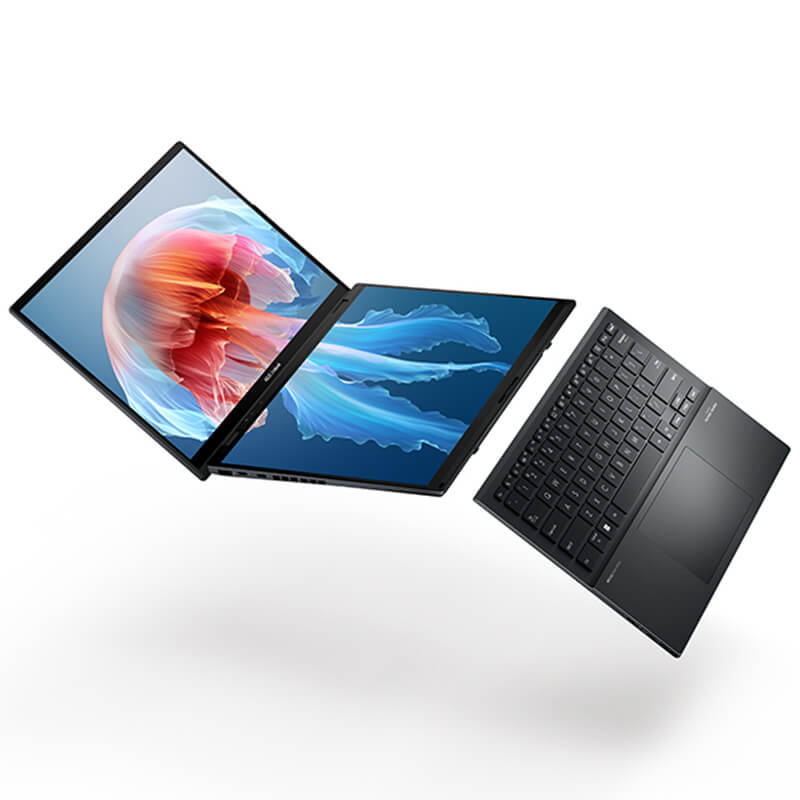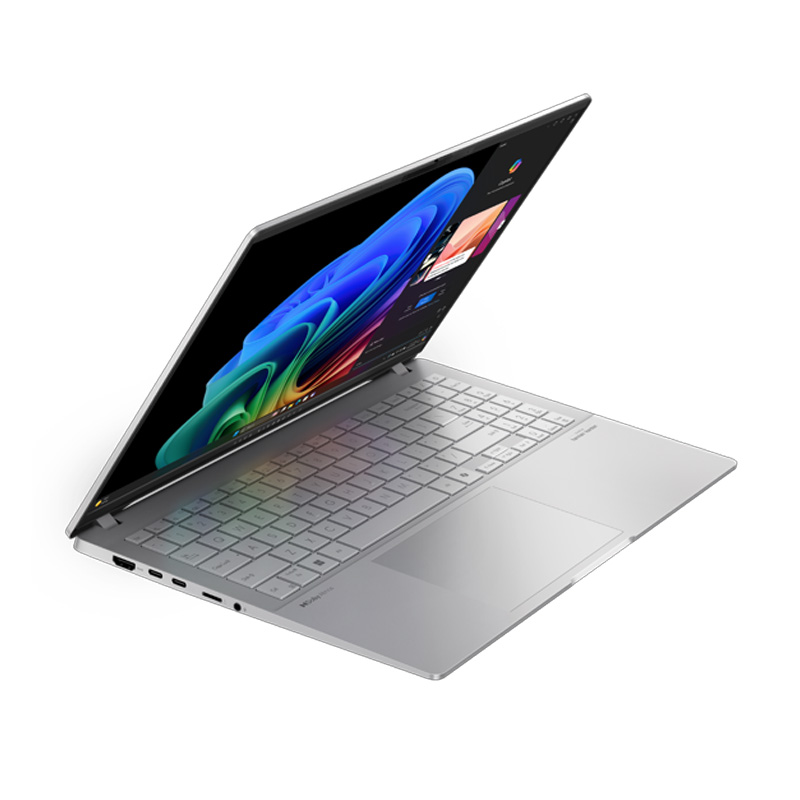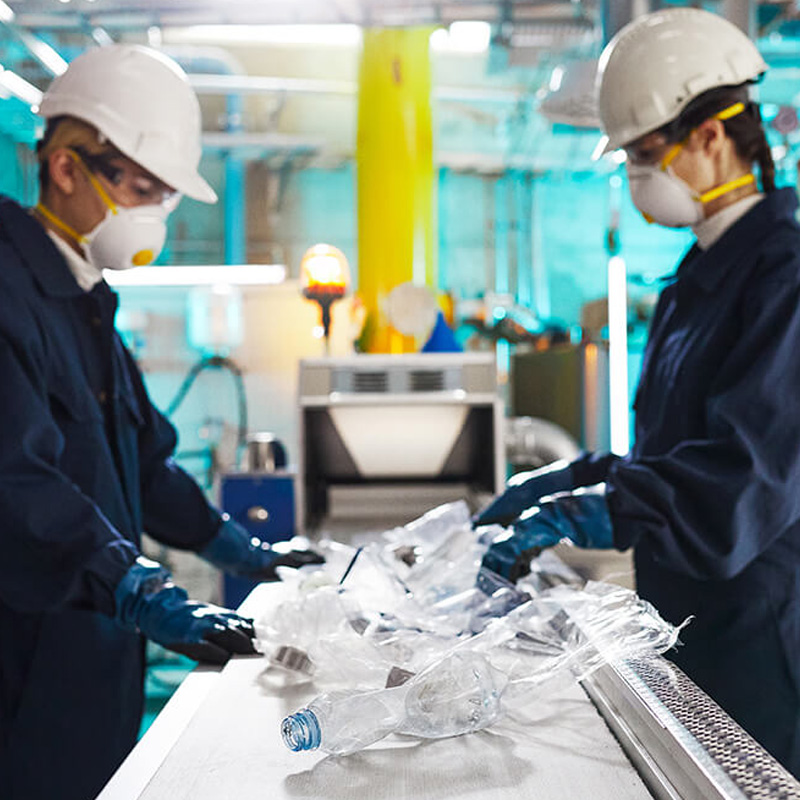
5 de julio de 2024
La gestión de sustancias químicas y el cumplimiento de las leyes y normativas relacionadas desempeñan un papel importante para ASUS como empresa tecnológica líder comprometida con la sostenibilidad. La gestión de sustancias químicas es la base de la fabricación de productos sostenibles y afecta al rendimiento de la responsabilidad social corporativa, al impacto medioambiental y al bienestar de nuestra plantilla en toda la cadena de suministro. ASUS entiende que hasta el 80 % del impacto de un producto en el medio ambiente se determina en la fase de diseño. Por lo tanto, integrar el concepto de economía circular en la fase de diseño de nuestros productos produce resultados mejores y más respetuosos con el medio ambiente. Utilizar menos sustancias químicas peligrosas contribuye a una eliminación más segura de los productos, a un reciclaje y una reutilización más eficaces y a una menor contaminación del medio ambiente.
Productos químicos más seguros que cumplen la normativa de las etiquetas ecológicas
Las etiquetas ecológicas, como la EPEAT, se obtienen si se cumplen los estándares de evaluación de la sostenibilidad. Aquí encontrarás un recorrido detallado por las etiquetas ecológicas de los productos ASUS. Los productos EPEAT Gold deben cumplir los requisitos más estrictos de respeto al medio ambiente. Algunas de las métricas utilizadas para evaluar la calificación EPEAT Gold están estrechamente relacionadas con la gestión de sustancias químicas, incluida la gestión de sustancias sobre la reducción de productos químicos, la selección de materiales respetuosos con el medio ambiente, el diseño de materiales de embalaje ecológicos, la gestión del final de la vida útil y el impacto medioambiental corporativo. Uno de nuestros AI PC más recientes es un portátil EPEAT Gold: El Zenbook DUO (2024) es un innovador portátil de doble pantalla que ofrece cuatro modos de uso y cuenta con la certificación ENERGY STAR®.
Fomento de la transparencia
Para evaluar mejor los riesgos potenciales y mejorar la gestión de las sustancias químicas utilizadas en nuestros productos, utilizamos la divulgación total de materiales (FMD), un método para mejorar la transparencia. Con la FMD se recopila información detallada, como el desglose de las sustancias utilizadas en la fabricación de los productos o si la cantidad de sustancias químicas utilizadas se mantiene dentro de los límites permitidos por la normativa. Para obtener estos datos, trabajamos en estrecha colaboración con nuestros proveedores a lo largo de toda la cadena de suministro. La tasa de respuesta de nuestros proveedores en relación con las investigaciones de la FMD para nuestros productos EPEAT Gold supera el 90 %.
Hacia un mundo sin halógenos
Los halógenos que se utilizan en piezas de ordenadores portátiles como las placas de circuitos impresos (PCB) y las baterías incluyen el cloro y el bromo. Estas sustancias químicas son populares por su buen aislamiento eléctrico, su compatibilidad con materiales electrónicos y su gran resistencia al fuego, entre otras cosas. Aunque los halógenos no son directamente dañinos para el cuerpo humano, pueden emitir humos tóxicos cuando se encienden y son más difíciles de reciclar.
Para disminuir el impacto potencial y aumentar la reciclabilidad de los productos, ASUS ha pasado a utilizar discos duros y baterías sin halógenos desde 2019. La eliminación de halógenos de los productos electrónicos ha sido un proceso gradual dado que los materiales utilizados para su sustitución suelen degradar el rendimiento. Sin embargo, hemos logrado producir baterías sin halógenos para nuestros portátiles sin comprometer la capacidad: nuestro primer ASUS PC Copilot+, el ASUS Vivobook S 15, tiene una gran batería de 70 vatios-hora para todo el día que dura hasta 18 horas.
Desde 2021, ASUS ha empezado a utilizar sustrato de PCB libre de halógenos, que sirve como base sobre la que se construyen las placas de circuito impreso. Los sustratos de PCB definen la conductividad térmica y eléctrica del PCB, lo que lo convierte en un elemento fundamental en la fabricación de portátiles y PC. También cumplimos la norma IEC 61249-2-21, que es la norma con la que la Comisión Electrotécnica Internacional (CEI) define "sin halógenos". Asimismo, pretendemos alcanzar el objetivo potencial de "sin halógenos" con todos nuestros productos en el futuro.
Envases mejorados y saludables
El blanqueamiento con cloro puede causar irritación en la piel y los ojos de los trabajadores, y estar expuesto a él durante periodos prolongados puede provocar cáncer. Desde 2018, ASUS ha prohibido el uso de cloro en el proceso de blanqueo de los envases de papel de nuestros productos para garantizar una fabricación más segura.
ASUS ha exigido a nuestros proveedores que no utilicen aceite mineral, que puede obstruir los poros del suelo y causar degradación, como materia prima para la impresión de nuestros envases. Para obtener más información sobre cómo ASUS consigue un embalaje sostenible, lee este artículo.
Productos químicos seguros
Desde 1999, ASUS cumple la normativa de control de sustancias peligrosas y ha establecido políticas internas para supervisar los productos químicos y garantizar la seguridad de los productos. ASUS ha adoptado el sistema de gestión de calidad ISO 9001 desde 1999, complementado con el sistema de gestión de procesos de sustancias peligrosas (HSPM) IECQ QC 080000, que cubre directivas medioambientales como RoHS y REACH de la UE. Haz clic aquí para obtener más información sobre nuestra conformidad con la normativa. Desde 2002 se aplica la norma Sin Sustancias Peligrosas de ASUS (Hazardous Substances Free, HSF). Al tener en cuenta los riesgos potenciales que subyacen frente a los crecientes estándares de las normativas internacionales obligatorias, nuestros estándares técnicos HSF actualmente superan con creces los requisitos obligatorios.
Logros
La gestión de sustancias químicas es un esfuerzo conjunto entre ASUS y nuestros socios. Tras más de dos décadas de esfuerzo continuo invertido en una mejor gestión química, en 2023 ASUS ya tiene más de 450 sustancias químicas bajo restricción. También hemos conseguido que más del 91 % de nuestros productos cumplan la norma IEC 61249-2-21. Por último, el uso nulo de aceites minerales en la impresión de envases es otro hito importante alcanzado en nuestro empeño por mejorar la gestión de los productos químicos. Haz clic en el botón a continuación para obtener más información sobre nuestra gestión de una cadena de suministro sostenible.
Gestión de una cadena de suministro sostenible












